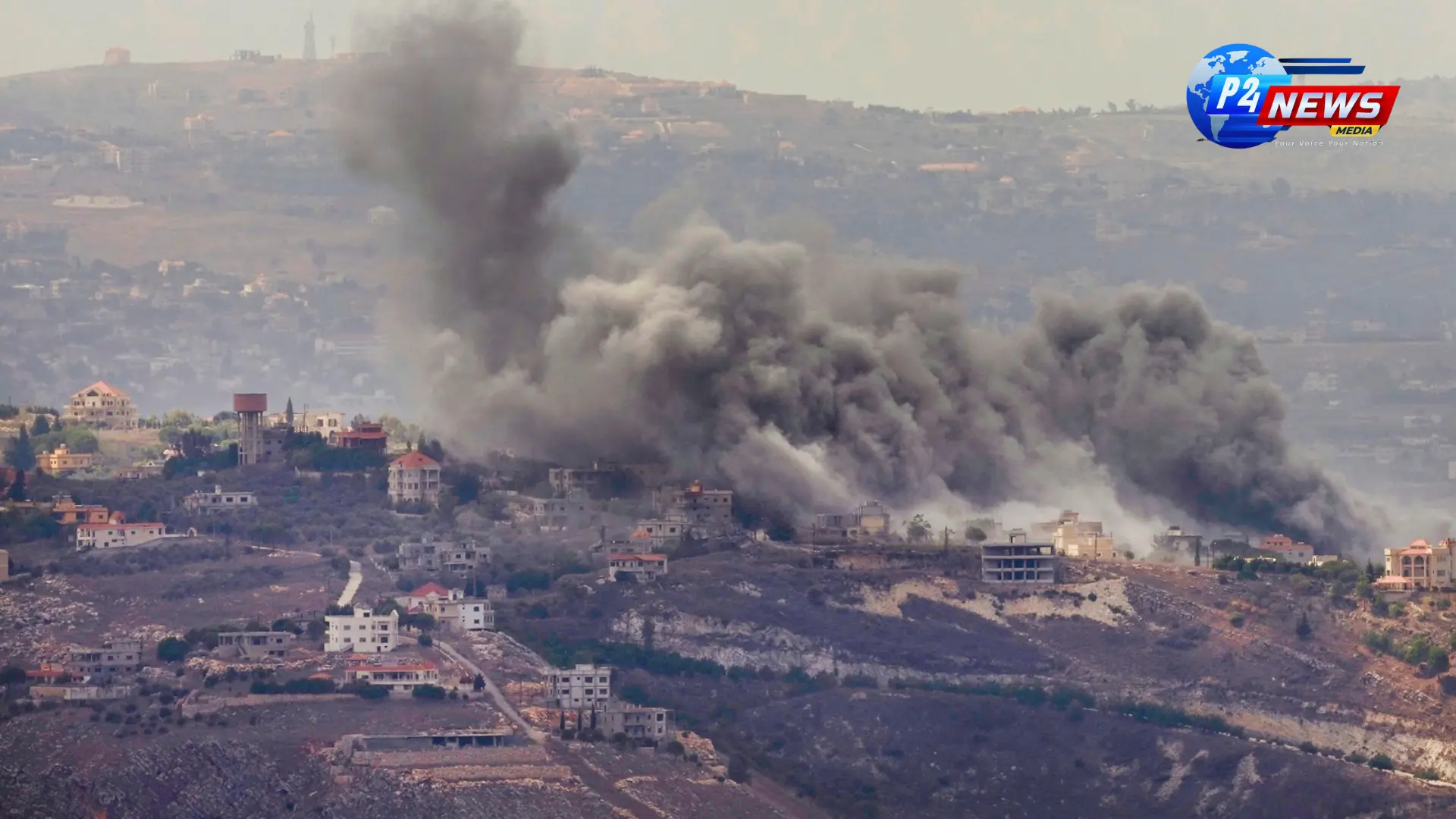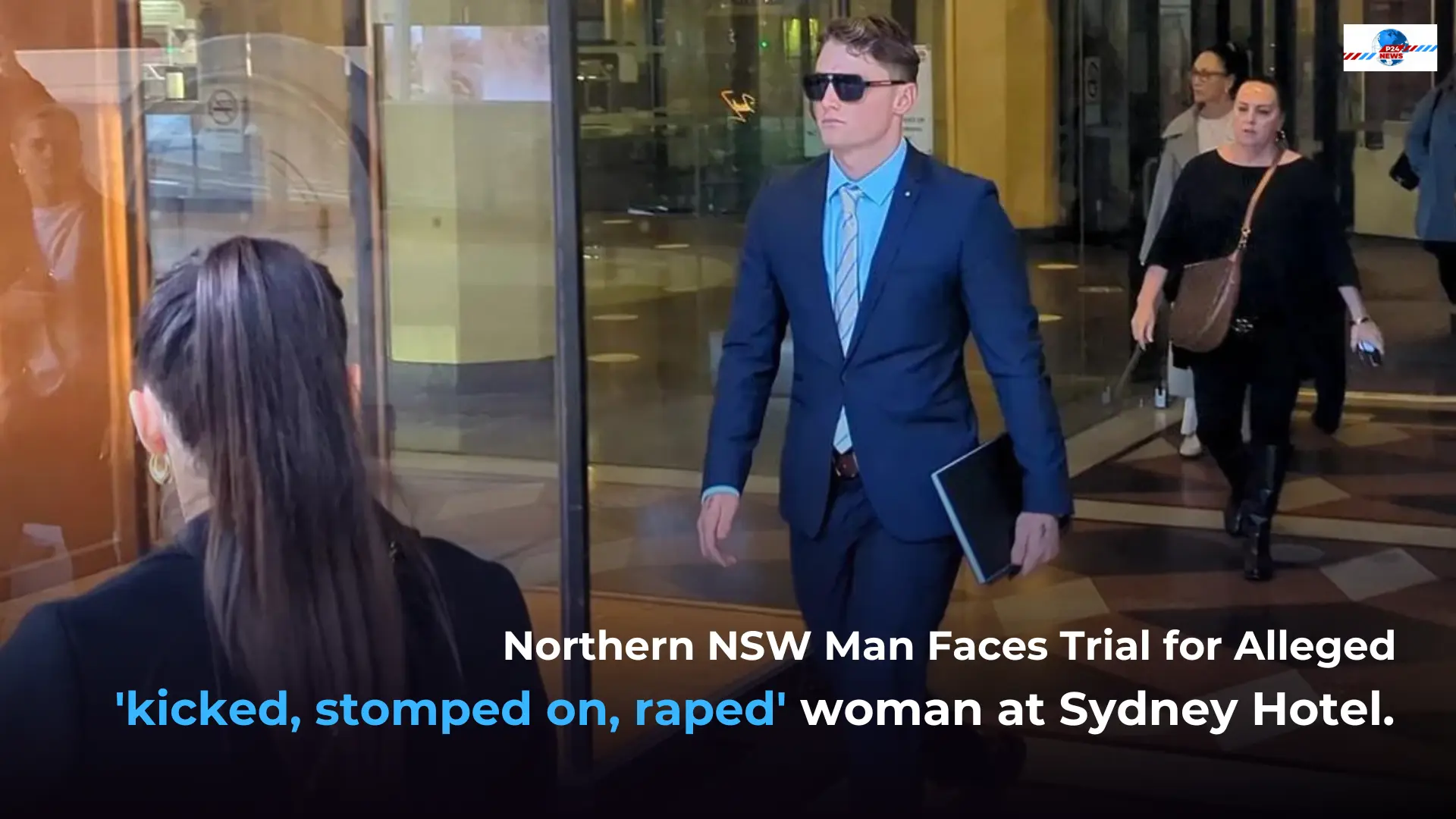From Disruption to Destruction Violet CoCo
The trajectory of civil resistance in climate breakdown
“What is it going to take?”
This question reverberates in my mind—echoing as I wash the dishes, pulsing through me at every halt of traffic lights, and haunting my nighttime reflections.
Listen to me reading this article for Green Agenda, approximately 34 minutes.
“What is it going to take?”
This is the question that weighs heavily on the hearts of all who grasp the perilous path our planet currently treads.
We ask this question because we understand the profound sacrifices we would make to stave off the looming specter of climate catastrophe.
Everything.
I can scarcely imagine a greater horror than allowing, even indirectly, the rapacity of a few to extinguish all life on Earth. I would lay down everything to prevent climate breakdown.
This unyielding commitment defines what we—those who recognize the gravity of our predicament—are doing. We surrender everything—as the remarkable activist Zoe Hulme-Peake so eloquently stated, “It takes all of us, it takes it all from us.”
Yet, as we receive report after report of floods, fires, famines, new border walls, and burgeoning oilfields, we find ourselves starkly confronted by the silence of our leaders and the relentless machinery of the status quo. The chilling thought creeps in that our sacrifices may not be enough.
Reflecting on the Past, Moving Towards the Future
For five years, I have immersed myself in direct action for climate justice. During this arduous journey, I have witnessed the emergence of numerous global movements—School Strike for Climate, Extinction Rebellion, and their offshoots. The fervor for non-violent direct action to safeguard our forests and dismantle harmful operations remains vibrant. Yet, acts of property destruction and sabotage are increasingly prevalent. I have stood in solidarity across all these spheres of activism.
As the crisis intensifies, so do the attacks on individuals like me, those who choose to sound the alarm. Governments conspire with their corporate benefactors to erode our hard-won democratic rights. Peaceful protestors are labeled as terrorists, receiving crushing sentences; I, too, faced a 15-month prison term for the offense of disrupting a single lane of traffic for a mere 25 minutes. The climate movement worldwide grapples with demanding questions—about communication, strategy, tactics, escalation, repression, collaboration, and ultimately, about the very nature of our political system.
I am not equipped with all the answers, but I am here to share my experiences over these last five years—reflections etched in trials and tribulations.
What is This, Some Kind of Joke?
After the cataclysmic fires of 2018-2019, I sat in a Bega comedy show, where a duo had the entire room in stitches, jesting about their absurd climate apocalypse plan: to kill their neighbor for the last can of beans. Ironically, the climate movement deliberates intensely on whether property destruction is a justified tactic, while humorously envisioning our descent toward desperation-driven violence.
Yet, I knew they were not exaggerating—even if they failed to see it. If you and your family faced starvation, would you not consider any means necessary to survive? Would you not lie, cheat, steal, destroy, and burn anything standing between you and the agonizing grip of starvation—if the floods and fires did not claim you first?
Truly comprehending this—immersion into this bitter reality—forces us to grapple with confusion and frustration. How can such a gathering of informed, well-intentioned people fail to connect their foreknowledge of our impending future with its implications for our immediate present?
What is it Going to Require?
What’s in a Word?
A couple of years later—while confined in Silverwater prison after blocking the Sydney Harbour Bridge for climate justice—I felt compelled to call my media team, urging them to contact Emeritus Professor Will Steffen. I had previously met with him and sought to amend a statement he made.
We had gathered at a café in Canberra shortly before we gained notoriety for burning a pram outside Parliament House.
Image: Violet CoCo sits glued to the forecourt of Parliament House next to a burning pram on 10 August 2021. supplied.
As we discussed our shift from minor disruptions to property destruction, Will generously dedicated an hour to illuminating the dire threats we face, ensuring we could anchor our responses in factual authority.
He did not mince words: on our current trajectory, we meet a “precipitous drop in human population” and confront “hell on earth.”
While languishing in prison a year later—having amplified his warnings through civil disobedience—I worried that “precipitous” might be too obscure for many to grasp. I suggested we change it to “rapid.”
At first glance, this may seem a trivial request, yet I have seen apathy and cynicism manifest time and again. I grapple with how best to communicate to the public that billions of lives will be lost if we fail to cease burning fossil fuels, permitting our biodiversity to vanish through land clearing, and polluting our precious water. Could a single word shift understanding for 200 versus 200,000 engaged hearts in the streets? Maybe I should’ve just pleaded, “We are all going to die!!”
Nature-Based Solutions
We are exhausting resources that our planet simply cannot replenish. We are consuming the essence of our world, replacing it with mere novelties. Our entire system rests on the premise of exerting complete dominion over nature, a perspective steeped in hubris that threatens our very extinction. It is only when we recognize our humble role within, and responsibility to, the living world, that we may even hope to salvage ourselves.
Diagram: ‘Ego-Eco’-Humankind is part of the ecosystem, not apart from or above it. Diagram by S. Lehmann, 2010. Source
Professor Steffen’s entire statement resonates profoundly:
“Massive floods, fires, and heatwaves are sending us a clear message. On our present trajectory, we risk heading into a collapse of our globalized civilization and a precipitous [rapid!] drop in human population—put simply, hell on earth. However, we can prevent this disastrous future if we change the way we think, alter our lifestyles, and foster respect for the broader living world. This requires listening to and honoring the wisdom of indigenous cultures while distancing ourselves from rampant consumerism.”
When strategizing for climate action, we can dissect our understanding of practical measures to avert environmental collapse versus the social and political will required to enact them.
Joining the fight for planetary preservation has compelled me to suddenly grasp diverse fields: natural sciences, social sciences, political sciences, and historical precedents for change. Coming from a background in theatre and philosophy, I humbly admit, I am not a scientist.
Nevertheless, I have learned that there exists no carbon budget; every tree is sacred amid this climate emergency. We have surpassed the point where merely reducing emissions will suffice. To survive the latent warming and destructiveness already locked into our climate, we must engage in ecosystem repair and restoration.
There is No Time Left
We have endured decades of dire warnings, negotiations, and broken promises. Now, we inhabit our final hour. As Professor Hans Shellenhuber asserts, “Climate change is now reaching the endgame, where humanity will soon find itself faced with an unprecedented choice: take dramatic action or accept the dire consequences of having waited too long” (p. 3). This realization stemmed from 2018.
We carry an immense responsibility, as our continent stands as the third largest exporter of carbon emissions globally.
Outrageously, despite numerous warnings, the Federal Government currently lists 116 new fossil fuel projects on its annual Resource & Energy Major Project roster.
The years have been filled with warnings, negotiations, and empty promises. Andreas Malm reveals that more carbon has been emitted since the inception of COP than in the preceding 75 years (p. 7).
And so we find ourselves back at the beginning, pondering, “What is it going to take?”
I grasp how significant your responsibilities may feel right now. I empathize with the urgent need to maintain a ‘clean record’ for potential international travel (not that it has deterred anyone thus far). I understand the fear instilled by the police presence and the oppressive nature of the state itself. Having faced arrest 33 times, I assure you—it is a harrowing experience. Our First Nations people have long recounted the injustices perpetrated by the state’s “justice” system since colonization. I will explain why I believe it is necessary to press on regardless.
How Civil Resistance Creates Political Will
Historically, civil resistance has paved the way for extraordinary advancements in our social, political, and economic landscape. When freedoms, resources, or power remain concentrated and polite entreaties fall on deaf ears, the people unite to demand change. This is a cornerstone of democracy. It manifests when collaborative structures succumb to failure, inflicting unbearable suffering, prompting people to make staggering personal sacrifices—with support from their peers—to spotlight issues demanding transformation.
Thanks to those who have dared to resist, we have made significant strides in various realms (though a considerable amount of work remains), notably in workers’ rights; we owe gratitude for the eight-hour workday, women’s rights; appreciation for securing the vote, LGBTQ+ rights; thankfulness for marriage equality, along with refugee justice; acknowledgment for championing freedom and safety, and First Nations justice; recognizing their struggle for justice and stewardship of the land.
Civil resistance cannot be overlooked. It disrupts the pervasive notion of ‘business as usual.’ Petitions and lobbying can be easily ignored, but civil resistance, executed effectively, cannot be dismissed.
The essence of civil resistance is to rechart society toward justice. It leverages specific mechanisms to accomplish this.
These mechanisms include illuminating issues that those in power wish to conceal, and have the potential to exert economic influence—costing money to those in power. This can incite them to initiate negotiations where previously they disregarded the matter. Another powerful tool is harnessing public sympathy for activists facing repression.
In the campaign to salvage the Franklin River, the organizing activists conducted a survey to identify what motivated people to protect that ecosystem. The leading factor driving individuals to participate was witnessing others arrested by the police.
We galvanize one another through our courageous demonstration of appropriate responses.
Broad support for civil resistance thrives when it remains non-violent, rooted in both strategic thinking and moral integrity. Engaging in violence, including property damage, typically incites a response of escalating state and police violence. The power structures are often more equipped for this type of conflict, rendering it an unwise tactic to oppose force with force.
However, violence holds strategic significance in civil resistance. Non-violent actions expose the systemic violence inherent in our systems. Grassroots organizers can turn the state’s violence against itself through non-violence, provoking sympathy and outrage—a dynamic known as the backfire effect.
While general support often aligns with non-violent elements of the movement, there are notable instances wherein a ‘radical flank’ has effectively coexisted within the broader movement ecosystem. In the civil rights movement, for example, armed defenders protected their communities. Some factions of the suffragettes engaged in property destruction—shattering windows, targeting very buildings.
A local illustration of this occurred when my team in Canberra began throwing real paint at the Department for Environment. Public outrage erupted. While enthusiastic supporters acknowledged the cause, many expressed disapproval of the methods: “We agree with the cause, but we disagree with the methods.”
Three Extinction Rebellion attendees were charged with defacing public property at the Department of Agriculture. Two received sentences while one had their charge dismissed.
Still, there were those who stated they felt the action was a fitting response to the severe destruction wrought upon our planet, prompting essential conversations about proportionality in addressing destruction. These discussions may be uncomfortable, but they are utterly necessary. If members of the movement express outrage over a small amount of paint damage, then surely they should be equally, if not more, incensed by the ongoing destruction of our habitable planet.
These kinds of actions often prompt society to reevaluate acceptable responses to pressing issues. They catalyze discussions regarding the severity of crises versus the actions adopted in response, a dynamic referred to as an appropriate response.
When I burned the pram, damaging the tiles below with melted plastic, many felt justification for the action rested in its underlying message—“You threaten the future of our children.”
Note: Occasionally, movements acknowledge that certain actions may be widely unpopular at the time, but still productive in amplifying the message or deemed necessary to prevent greater injustice. It is crucial to understand that being liked does not equate to effectiveness as an activist; we are not playing for public favor but striving to convey a critical point.
Disruption to Destruction
In these closing hours, as traditional avenues have faltered, is there a strategic way to physically halt the relentless machine of destruction? Or must we rely on them to voluntarily agree with us and disconnect themselves?
In the shadowy cells of Canberra police station, my friend and I kept ourselves entertained, playing charades through the glass panes of our confinement.
She mimicked, I guessed;
It’s a book…
First word: “How.”
... and then she gestured dramatically.
Excitedly, without considering my surroundings, I blurted out the title she was indicating—“How to Blow Up a Pipeline!!!”
As the reality of my outburst hit me—exclaiming this while under police surveillance—I could not help but laugh heartily, appreciating her audacity.
Andreas Malm’s How to Blow Up a Pipeline, published by Verso in January 2021.
That eye-catching orange book by Andreas Malm does not feature actual instructions on pipeline demolition; rather, it philosophically investigates property destruction in the context of non-violent direct action.
This discourse is compelling.
Malm quotes R.H. Lossin, a prominent contemporary scholar in the field: “Sabotage is a sort of prefigurative, if temporary, seizure of property. It is – in the context of the climate emergency – both a logical, justifiable, and effective form of resistance and a direct affront to the sanctity of capitalist ownership” (p. 68).
Ultimately, we must recalibrate what constitutes an appropriate response to the omnicide of our planet—transitioning from polite dissent to unmissable, effective action.
We require a measured and focused urgency.
That’s what it feels like to keep asking, “What is it going to take?”
Each day, I continuously seek the most impactful way to stand together with others.
It might appear simple—no chainsaws, significantly fewer trees felled.
No mining equipment, no mines.
We all aspire toward a mass movement capable of shutting the system down and effecting meaningful change. We diligently work to mobilize as many individuals as possible to this cause. Sadly, mass movements are difficult to galvanize and demand considerable resources. In the interludes between waves of mass momentum, small direct groups can accomplish remarkable feats.
The challenge inherent in engaging in sabotage is that reactions can become overwhelmingly hostile. The backlash can destabilize a campaign’s momentum. For instance, those who log in our sacred forests can engage in astonishing acts of violence in retaliation against the disruption of their operations—making those aligned with forestry campaigns often hesitant to engage in acts of destruction, fearful of the repercussions on effective blockades.
Another prominent act of sabotage is Jessica Reznicek; she openly accepted responsibility for sabotaging a pipeline and now serves an eight-year prison sentence.
Jessica’s confession remains a powerful and inspiring act, propelling many—including myself—to bravely confront the prospect of imprisonment. However, some have cautioned that if the key organizers all find themselves incarcerated for years, the movement would be left devoid of capable leaders in the fleeting time we have left to act.
On July 24, 2017, Jessica Reznicek and Ruby Montoya claimed responsibility for sabotage and arson against the Dakota Access Pipeline. They began dismantling a sign outside the Iowa Utilities Board and were taken into custody. from Ecowatch, 2019.
It’s undeniable that how many opportunities Jessica may have capitalized on to impede that pipeline during the six years she has since served. Conversely, how many have mobilized after gaining inspiration from her courageous stand? Raises hand
It is abundantly clear that mass participation in disruption is essential if we wish to shift this system—thousands of individuals must fill the streets. I propose that we also require militant teams willing to dismantle the death machine. These teams should maintain a degree of separation from mass participation organizers, yet be supported within the movement—shielding the mass organizers, who often need to maintain public accountability, from the backlash and challenging optics that sabotage can trigger among the broader public and its legal implications.
The crucial takeaway is that we must function as a coherent ecosystem of effective tactics.
Working Together
It means nothing if we do not unite our efforts. Building relationships and collaborating stand as the most essential elements of our mission. The people and organizations surrounding us now are the very ones we endure this struggle alongside. I confess that I sometimes encounter individuals and tactics that rub me the wrong way. Nevertheless, I recognize that this is the time for unity and inclusion; anyone working on these crucial issues deserves a place at my table and a share of whatever resources I can provide. They are our kindred spirits, deserving of respect and collaboration. We must cultivate a fertile ecosystem of tactics as we remind ourselves that the efforts of none have sufficed; emissions climb ever higher.
Aric McBay’s brilliant work, Full Spectrum Resistance (2019), navigates the tension between small radical factions and the broader movement. He introduces the concept of the ratchet—as these “smaller militant organizations push progress forward” while “larger moderate ones hold and consolidate gains.”
“It is unfortunate that some resistors are blind to this reality. I have reflected on the narrow-mindedness exhibited by those who overlook the vital role militants play. Conversely, plenty of militants fail to appreciate the significant contributions that moderate organizations can offer in effecting radical change” (p. 191).
This tension was evident in my experience regarding the Harbour Bridge protest. The rushed passage of new anti-protest laws through Parliament occurred with little public awareness. I obstructed the bridge a week later and found myself imprisoned. This act generated an outcry that drew attention to the concerning legislative changes, motivating larger entities such as unions and human rights organizations to express their apprehensions and challenge these laws, armed with their substantial resources.
The larger segments of the movement, particularly those built on consensus decision-making, possess relatively slower mobilization capacities. However, smaller autonomous groups can emerge from these larger organizations, facilitating rapid responses under varied and more radical banners.
A healthy, resilient movement harmonizes small decentralized radical groups with organizers who coordinate mass participation.
So yes, every role is valid—thank you for every effort made, regardless of your position in this grand tapestry. However, a recent study published by the Stanford Social Innovation Review posits that protest movements tend to yield far greater outcomes than even the most efficient charities (NGOs). Their observations reveal that, given the resources that protest movements operate with, the returns are impressive. Consequently, supporting protest movements represents a wise investment for philanthropists concerned about the preservation of civilization.
I think of my role in this movement as a connection point in the mycelium. My aim is to foster relationships, building bridges with as many parties engaged in this work as I can. I identify as a cross-pollinator, nurturing connections with Disrupt Burrup Hub in Perth while simultaneously collaborating with XR Sydney on a themed march at Town Hall. I engage audiences at The Greens’ events, in cinemas, and in backyards. I strive to connect hands across various facets of resistance. I extend an invitation to this dream of a large, diverse movement, striving for as much as we can achieve.
We are the ones we have been waiting for.
Be healers—acknowledge the enormity of this work.
We must learn to work in unison.
Repression
If their greatest tool is to incite division among us,
our greatest strength lies in connection.
Image: Violet CoCo spray paints the Perth police station with the Woodside logo after heavy-handed police raids on activists’ homes. 3 May 2023. supplied, Disrupt Burrup Hub.
The police have adopted a robotic demeanor, employing punitive practices they term strategic incapacitation. I once believed that the courts ought to administer punishment; however, it seems the police now wield their own version of justice.
One method is through imposing bail conditions, such as house arrest or non-association mandates; another involves actual violence, using sound cannons and chemical agents like pepper spray.
Being on the frontline is uncompromising. The police utilize intimidation tactics to diminish our voices and stifle our interactions within the community. Fear becomes a formidable weapon, leaving lasting scars. In non-violent direct action training, we echo the phrase, “The action isn’t finished until the last fine is settled.” Perhaps we should say, “Until the last wound is healed.”
The political machinery actively suppresses activism. Laws are shifting across the country as a reaction to the resolute determination of protestors. We win when we collectively possess the courage to continue taking meaningful action together, while they prevail when we allow fear to silence our power or when we engage in infighting. Whatever you do, avoid public disputes. Have the respect to engage in direct dialogues and nurture relationships within the movement.
Remember, repression can be a catalyst for action. By exposing the injustices embedded within this repression, we harness the power to mobilize more individuals. We only need the courage to confront these challenges, together—we are not alone.
Reform vs. Revolution
If there exists one critical expectation of a functioning government, it is the paramount duty of preserving life. We could debate endlessly about how our government should safeguard us. Yet, essentially, every citizen should agree that a good government must not facilitate the collapse of civilization—particularly when we have received unequivocal warnings and ample research outlining steps to mitigate this.
Following my presentation at Swinburne University titled “Heading for Extinction and What to Do About It,” a frustrated lecturer commented, “The most exasperating aspect is that we possess all the necessary solutions to restore the planet; we are simply failing to implement them.”
This government has misled us, withholding vital information related to the risks posed by climate breakdown. The Office of National Intelligence released a report commissioned by the Labour Government that illustrates how the climate crisis will exacerbate national security threats. Yet, they refuse to disclose the report and its findings.
How can constituents make informed decisions regarding how—and who—they desire to govern without access to complete information? What entitlement does a government have to conceal such risks from the very people it serves? They know the severity of the risks, armed with documentation, yet continue to approve projects such as logging and gas exploitation without a second thought.
“Woodside’s projections suggest that around 4 billion tons of carbon dioxide equivalent could be released—roughly equivalent to ten years’ worth of Australia’s total carbon emissions.”
This makes them complicit in ongoing destruction. The two-party system has failed us. It’s become a mockery while our land is ruthlessly plundered for its resources, completely disregarding the well-being of the population.
We must strive for something new.
There is hope within citizen assemblies, hope in granting land back to First Nations communities. When indigenous peoples care for the land, it fosters biodiversity.
Tomorrow is the first day of the rest of your life.
Whatever answers may arise, I remain convinced that only the collective power of the people can save us. History illustrates that governments and elites would prefer to let us suffer than confront the overwhelming truth of this crisis—they will not change until we resolutely stand together and demand it.
What is it going to take? All of us, and everything we can give—courage and relentless commitment. It will require unignorable and effective actions from autonomous small groups, alongside mass mobilization—everyone converging with focused urgency.
It will necessitate calculated damage and collaboration among NGOs as part of an expansive ecosystem. It will involve healing one another and forging connections.
Ultimately, it will provide purpose, it will instill hope. It will cultivate a community filled with the bravest hearts—individuals willing to sacrifice comfort and privilege for the sacred cause of life.
you can read full article on
https://greenagenda.org.au/2023/11/from-disruption-to-destruction/#:~:text=The%20trajectory%20of%20civil%20resistance,Green%20Agenda%2C%20approximately%2034%20minutes.

Violet CoCo is an artist, musician, aunty and climate activist. She was the first person sentenced under controversial new anti-protest laws in NSW, receiving a sentence of 18 months in prison for blocking the harbour bridge under the banner Fireproof Australia, a campaign supporting firefighters. Her sentence was dropped on appeal. She feels this repression should not waver our commitment to defend our planet. Violet has been arrested 33 times, and imprisoned four times, including famously for burning a pram outside Parliament House on the same day the IPCC declared a Code Red for Humanity due to climate breakdown. Violet Coco describes herself as a conscientious objector to the murder of our planet. She has been a part of organising major disruptive festivals of civil disobedience with Extinction Rebellion, supported First Nations and the decolonization of so called ‘Australia’, while also advocating for world peace, justice for women, refugees, and queer communities. If you would like to support Violet’s climate activism, you can do so here.
*Violet CoCo’s writing was supported by Mark Conroy.













Comments 0